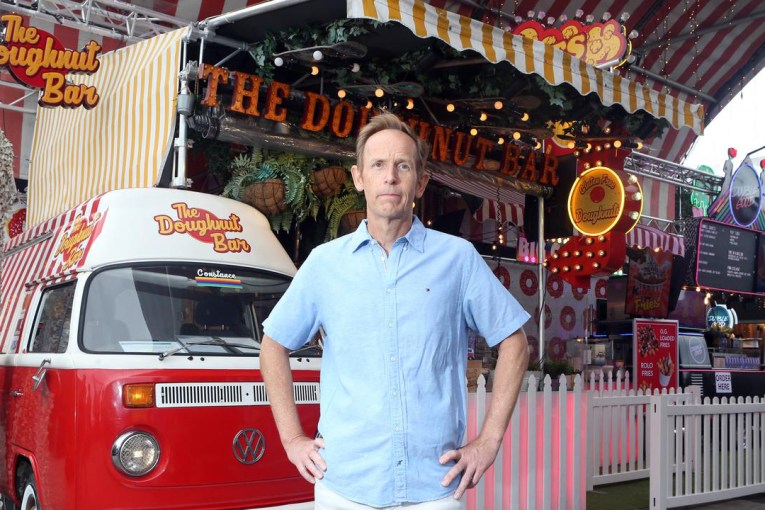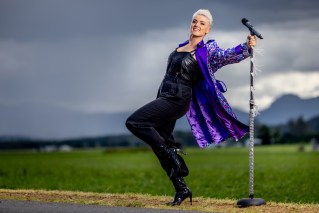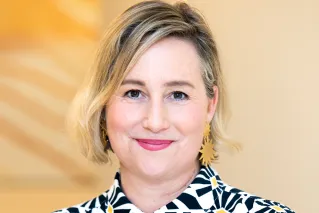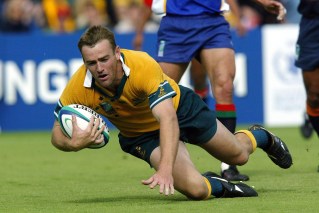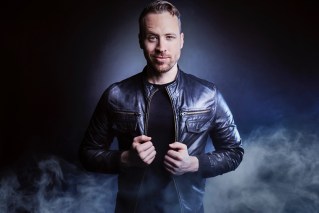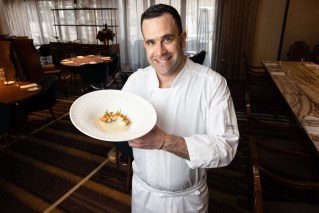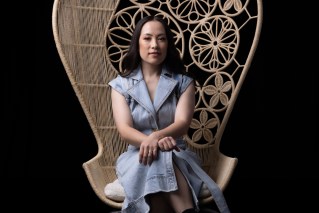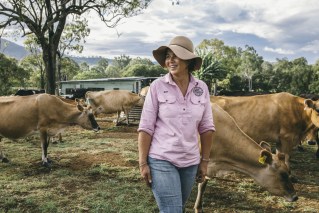The drinks that shaped Australia: An extract from Max Allen’s Intoxicating
In today’s summer reading extract, Max Allen traces the historical influence of Victoria Bitter on Australian culture.
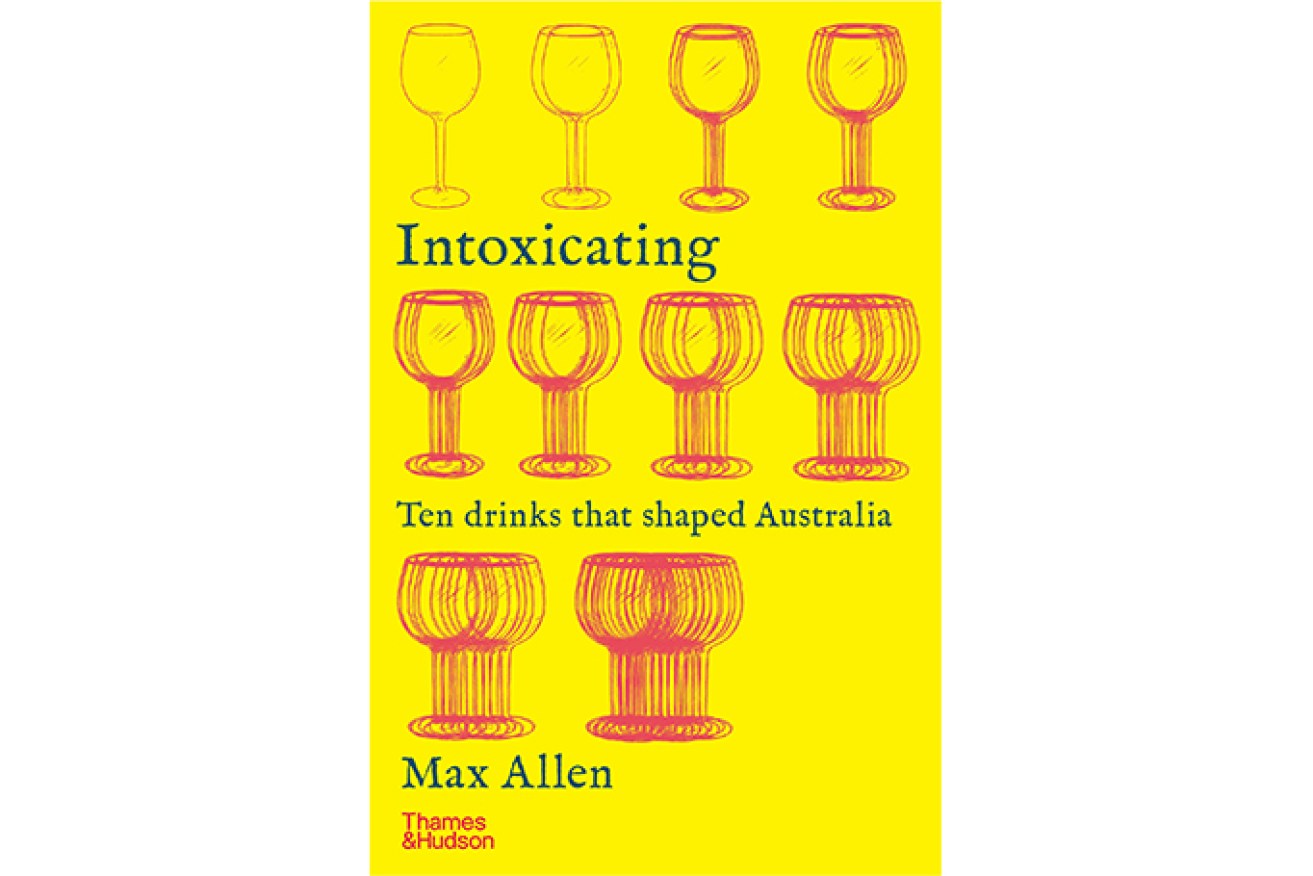
Intoxicating: Ten Drinks that Shaped Australia, by Max Allen and published by Thames & Hudson, $32.99 (Available now).
For most of the 20th century, VB was bottled in long-neck 750 ml brown bottles. The brand’s popularity soared across Australia in the late 1960s when it was sold on draught and then put into cans – a move that coincided with the launch in 1968 of a now-legendary television advertising campaign.
You can get it walkin’
You can get it talkin’
You can get it workin’ a plough
Matter o’ fact I got it now
You can probably hear the tune in your head as you read those words. The VB ad is one of the most instantly recognisable TV commercials in Australian history. But, as online beer magazine BrewsNews discovered, it started life as an ad for another beer altogether. In 1965, CUB was having problems selling one of its Queensland beers, Bulimba Gold Top. It approached advertising agency George Patterson, who came up with a campaign emphasising what creative director Bruce Jarrett called the ‘masculine’ quality of the ‘B’ in the brand name: ‘A big, big thirst needs a big, big beer’. Jarrett briefed a composer to come up with a big backing track – something ‘rough and gutsy’, like the theme tune of the hit film The Magnificent Seven – and hired John Meillon, an Australian actor with an equally gutsy baritone voice, to do the voice-over.
The ad was a huge success. Gold Top was soon outselling XXXX, the quintessential Queensland lager, in Brisbane. People were playing the soundtrack on jukeboxes. So, when George Patterson were hired to come up with a campaign for Victoria Bitter a couple of years later, they decided to simply use the same format, swapping one two-syllable brand for another. It was a sensation.
Prior to the TV ad, in the mid 20th century VB was advertised in newspapers and on billboards much like every other beer brand in the country: on its quality – ‘The best that’s brewed’ – or how good it was for you – ‘The most nourishing and refreshing beverage’. What George Patterson successfully tapped into, first with Bulimba Gold Top and then VB, were notions of true-blue Aussie masculinity that were coalescing in the 1960s. It was the right ad at the right time. Depending on when you first saw the ad, you’ll remember it slightly differently.
The first ad in 1968 featured a succession of blokes, jackaroos, steelworkers, footy players, farmers, doing blokey things, working, sunbaking, sweating a lot, and a couple of sheilas dutifully pouring their thirsty, weary men a big cold beer. This formula continued into the 1970s and 80s in what became a longrunning series of ads. Lots of construction workers, blacksmiths, woodchoppers, miners. All of them blokes. All very Anglo-Aussie.
Women seldom made an appearance – sometimes not at all – and when they did appear, the gender roles were usually well defined: the husband downs a Vic while his wife does the dishes; an older man drains his pot while a young woman looks up at him admiringly. The tone began to shift slightly in the early 1990s – one ad featured a bloke working up a sweat as he did the dishes, while his long-suffering wife looked on – and by the late 90s, the brand started trying to reach new consumers: one or two hardworkin’ non-Anglo characters began to appear, and occasionally women were given screen time drinking cans of VB. But during the 2000s and 2010s, as the formula moved away from the original rhyming-couplet format, the campaign mostly descended into a series of ads riddled with cringeworthy misogyny, overt ockerism, crass sport tie-ins or hypermasculinity: deeper and deeper voice-overs, lots more sweat.
The more money CUB spent on these ads, though, and the further they drifted from the original, simple concept, the less effective they seemed to be. The shift in tone coincided with other corporate changes. Sales of mainstream beers were steadily declining. Craft beer was on the rise. The company was going through a series of major takeovers. Huge amounts of loyalty had been invested in the VB brand by generations of drinkers, and people didn’t like having that loyalty challenged – as the company discovered dramatically in 2009 when it dropped the alcohol content in VB to 4.6 per cent.
There was uproar. Consumers boycotted the brand. Claude Nyaguy was part of the team that worked on the modified beer, and he recalls the backlash: ‘The beer tasted the same as the 4.9 version. The most highly trained sensory evaluation people in the company couldn’t tell the difference. But customers were angry. “You’ve changed my beer,” they said. “It’s not like it was when I was young. Change it back!”’ So they did. In 2018, the CUB marketing team decided it was time to refresh the brand. They changed the packaging, made it look more like it did in its heyday in the 1970s and 80s. And, half a century after the first VB ad went to air, they brought back the classic formula for a new series of commercials: the old theme tune, images of people hard at work, a baritone voice-over by actor William McInnes. But this time, a few strands of diversity and inclusion were woven into the fabric of the brand. One ad featured a rock band with a female, Asian lead singer. Another ad showed hospitality workers – male chefs, a female waiter – enjoying a few beers together after knock-off.
The voice-over talked about the modern flexibility of knock-off, ‘a time-honoured tradition that no longer has a time’. The message was clear: even though we’re not living in a white-bread, nine-to-five world anymore, you can still rely on good old VB.
A hard-earned thirst needs a big cold beer
And the best cold beer is Vic
Victoria Bitter
The brew day is over. I hand my high-vis vest and safety goggles and earmuffs back in at the front office and walk out of the gates. It’s a beautiful crisp Melbourne spring afternoon and I’m thirsty. So I walk around the corner to Moon Dog, a craft brewery and bar that opened in 2014. When I started writing about booze in 1992, you could count the number of small, independently owned Australian craft breweries on two hands. The market was almost entirely dominated by a few very large beer companies, such as CUB. That has changed beyond recognition since people like Cam Hines and Dave Bonighton opened their pioneering Mountain Goat brewery a few blocks away from here in Richmond in the late 1990s. Since then, hundreds of craft breweries have popped up across the country, echoing and exceeding Australia’s first beer boom in the 19th century. There’s something
lovely about the fact that one of those small breweries, Moon Dog, is literally in the shadows of CUB’s Abbotsford behemoth.
My new-found respect for VB and for large-scale Australian beer production will stay with me after leaving CUB. Later that evening, on the tram, I’ll look differently at the bloke carrying a sixpack of big-brand beers he picked up at a bottle shop on his way home. But this afternoon, here at Moon Dog, I walk past the bearded boys and tattooed girls and order a pint of dark, old-fashioned, deeply satisfying porter.
Intoxicating: Ten Drinks that Shaped Australia by Max Allen published by Thames & Hudson $32.99 Available now.
